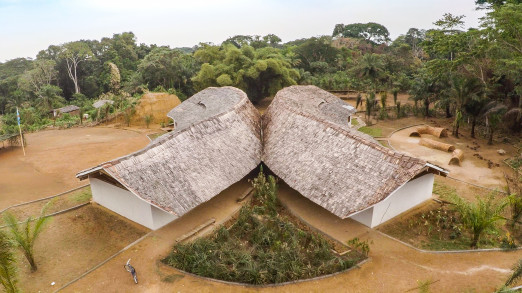The UK Government is currently seeking views on the proposed ban of the use of combustible materials in and on external walls of buildings, with any changes affecting every new residential building in the country with a floor above 11m (approx. 4 storeys).
However, the Architects Climate Action Network (ACAN) is campaigning to make safe structural timber exempt from the ban, as the Government is currently proposing to eliminate its use in the external walls of buildings over 11m.
ACAN have said “Whilst we unreservedly support stronger measures regarding the safety of buildings, the current proposals unnecessarily impact the ability to build with timber as the primary structural material. This proposal comes despite a significant amount of UK innovation in the use of engineered timber systems such as glue laminated timber and cross laminated timber (CLT).”
ACAN is concerned by the implications of this proposed ban on the UK’s ability to mitigate the climate emergency, as timber has a much lower embodied carbon than other commonly used structural materials or systems, including concrete, steel & masonry. Timber can sequestre large amounts of carbon from the atmosphere, storing it within the building for as long as it stands.
ACAN is calling for responses to the consultation from individuals and practices across the architectural profession and further afield.
ACAN support the Timber Trade Federation on the following key responses:
- Focus the ban on combustible cladding, as distinct from external walls. This will help provide the clarity needed for designers and specifiers to build better and safer.
- Take a science-based approach. Use BS8414 as the base for fire safety compliance, which was found to still be fit for purpose in the Hackitt Review.
- Align legislation with the Scottish approach. This will encourage a common regulatory approach throughout the UK improving clarity and safety.
In addition, ACAN's other key concerns are as follows:
- Designers should not be unnecessarily impeded in meeting the targets set out by the Committee on Climate Change aimed at decarbonising the construction industry.
- The government should recognise the significant contribution made by UK designers in fire-safe timber architecture, and these efforts should be supported through new regulations regarding safety.
Comments are being received by the Government until 25 May 2020.
Have your say and submit your response on the ACAN website here.
Or learn more from the Timber Trade Federation here.




